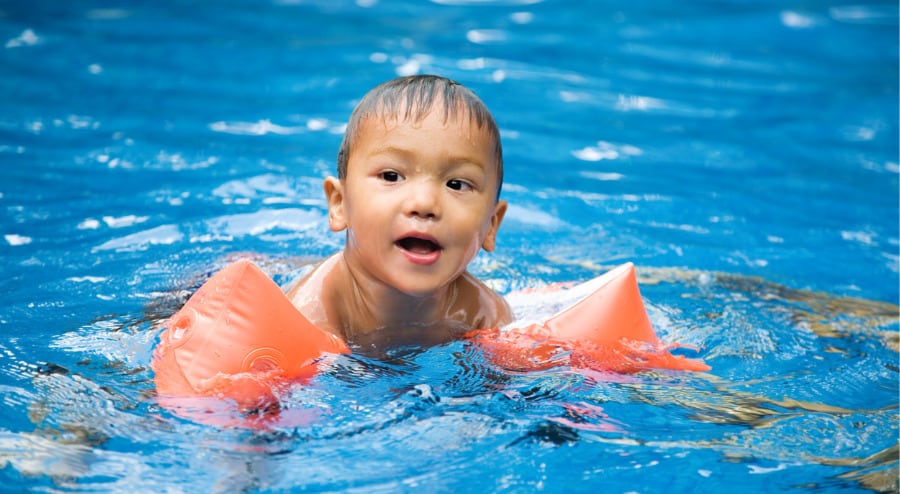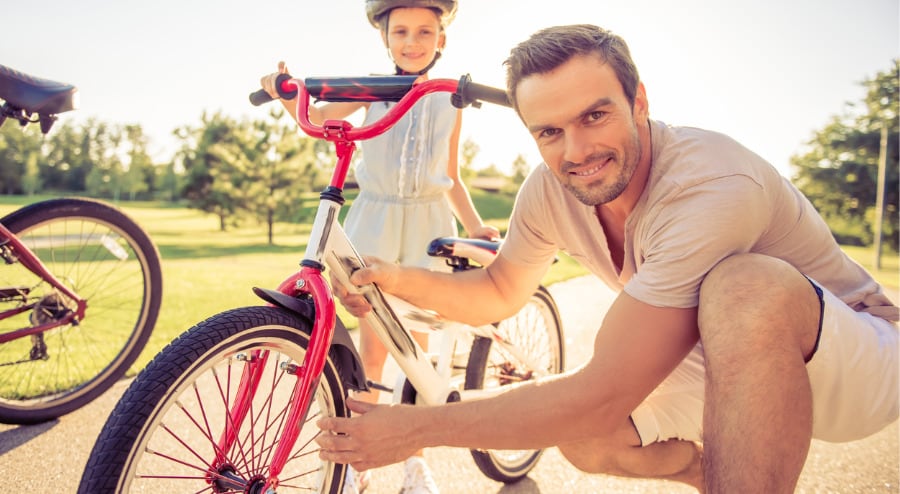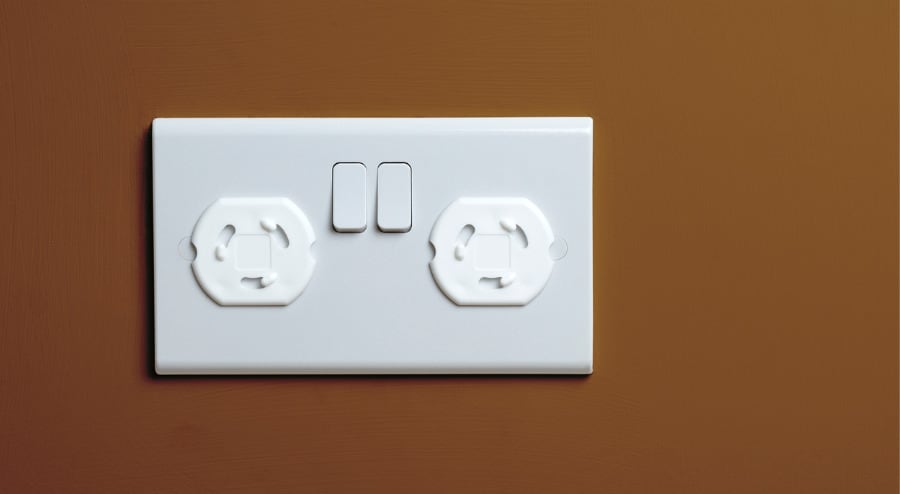Childproofing doesn’t end with toddlerhood. Young children become risk takers as they enter preschool and gain a little independence from you. They learn to ride bikes, play with neighborhood friends, and go to school or daycare. Even if they don’t require the same level of supervision, you should still be aware of the dangers faced by this age group. The leading causes of death among children aged five and older include motor vehicle traffic, drowning, suffocation, and fires.
The good news is that we live in a far more safety-conscious society than we did a generation ago. You may have heard other parents say, “well when I was a kid we didn’t childproof anything…” and go on to describe a risky behavior they particularly enjoyed, but the increased awareness of childhood risks has borne fruit: in 1987, 16,501 children under the age of 9 died from unintentional injuries, but in 2013 only 7,645 children in the same age group died from similar causes.
Of course, even the numbers from 2013 are too many, and the top causes of death and injury have remained the same year after year. Still, taking stock of the hazards in your home and employing proven safety strategies will help you keep your family secure. By altering the physical environment and providing adequate adult supervision, you can ensure that your younger children remain safe in your home.
Water Safety

Accidental drowning is one of the leading causes of fatalities among children. And drownings don’t just happen at pools: they can happen in the bath, while playing at the beach or other body of water, and even in a neighborhood pond.
- Provide adequate adult supervision when at pools, lakes, or when engaging in water recreation. It’s tempting to take your children to the community pool and assume the lifeguards will keep them safe. But while lifeguards are trained to recognize the signs of drowning, kids still need someone looking out for them specifically. This is even more true at the beach, a lake, or a pool without supervision. Wherever children are swimming, make sure an adult is with them at all times.
- If a child is boating—even with adults—it’s vital that they wear an appropriately-sized life jacket.
- Around preschool age is a perfect time to seek out swim lessons for your child. School systems, your local Red Cross, or your local YMCA or YWCA may offer classes.
- Above all, this is the perfect time to encourage children to keep themselves safe. Emphasize the importance of keeping away from water and not swimming without an adult present.
Traffic Safety
While you have an enormous amount of control over conditions when your child rides in a car, you have less control when they interact with other drivers. For that reason, make sure they’re street-smart—that is, that they know what to do when they’re crossing or playing near a street.

- Establish agreed upon rules with your child when it comes to riding bikes, scooters, skateboards, and any motorized toys. For example: “never leave the driveway unless there’s an adult watching you.”
- Provide children with adequate safety equipment and make sure they use it. For bikes, use helmets. For skateboards and other risky items, helmets and elbow and knee pads should be mandatory.
- Be aware of traffic patterns near your home. Do not allow children to ride bikes or play near the roadway.
- Talk with your child about the importance of crossing the street safely. Practice crossing with them, if possible. And make sure they understand the importance of visibility: they should know that if they can’t see the driver of a car, the driver can’t see them.
Household Safety
Accidents in the home—especially burns and poisonings—are a significant threat to your child’s safety. Keep them safe with a combination of rules, procedures, and steps that you can take to keep them injury-free.
- Teach your children how to practice safe habits near the stove. If you’ve got a budding chef on your hands, supervise their cooking as they get older. Turn pan handles inward to prevent a curious child from inadvertently spilling cooking food and scalding themselves. Keep knives and other potentially dangerous equipment out of reach.
- As children get older, scalding diminishes as a risk while the risk of injury or death from fire increases. Keep matches away from children, and warn them away from any open flames.
- Another risk that increases as the child becomes more curious is electrocution. Continue to use safety plugs in your outlets, and make sure that no water sources—sinks, bathtubs, showers, etc—are within reach of any appliance, in the bathroom or the kitchen.
- Purchase recreation equipment with an eye for safety. The American Academy of Pediatrics, for example recommends that children not be allowed to play on trampolines due to the high risk of injury. Other recreational equipment, such as swing sets and climbing equipment, should be carefully installed and children using them should be supervised.
- As the children in your household become more mobile, look for potential suffocation dangers. Young children are naturally curious and born explorers. Garage refrigerators (functioning or not) and open car trunks may be tempting hiding places. Keep your car locked and the keys with you, out of reach. Remove doors of refrigerators that are not in use; place safety latches on those that are functional.
- Risks of poisonings increase as children get older, too. If you haven’t already, install child safety latches wherever you store hazardous household chemicals, or put them in locked cabinets. As children explore the outdoors, too, they may come in contact more with toxic plants. If your yard has any such hazards—berry-producing toxic plants like holly are especially dangerous—warn your children away from them.

The way you think about safety for your children changes as they get older, but the risks never completely go away. Whether in your backyard or at the park or in your home or at grandma’s, it is ultimately your responsibility to ensure your children’s safety. With a keen eye for potential risks, you can spot and address areas of concern before they become a hazard.

